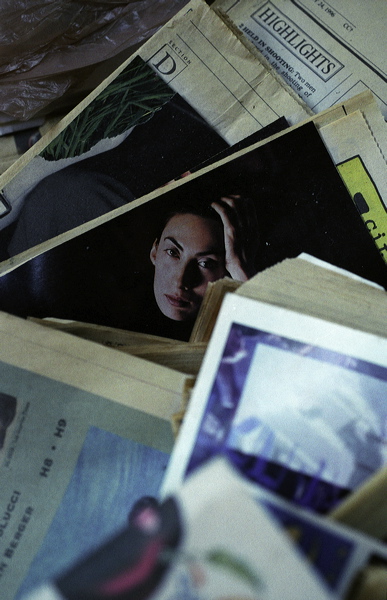Apostrophe’s Double
DOI:
https://doi.org/10.5399/uo/konturen.10.0.4509Abstract
“Apostrophe’s Double” is part of a larger research project studying the (often subliminal) strategies by which literary language writing controls its readership. Part I of the essay argues that the rhetorical trope “apostrophe” functions as one such interpellative apparatus that partitions our world and splits our practices. The trope’s operational distinction between authorized speakers / readers vs. ‘dummy’ addressees / targets sets in motion a hierarchical and divisive logic that empowers some and disqualifies others. Part II argues that there is a second version (or ‘turn’) of the figure of apostrophe that has been neglected altogether, one in which the ‘target’ responds not by turning to the interpellation but by turning away instead. This turn away is key to the poetics of certain strong women poets. Ingeborg Bachmann’s poem “Anrufung des großen Bären” (“Invocation of the Great Bear”) provides a lucid model of the transition from one to the other. Apostrophe is thus double: one establishes the apparatus, the other deconstructs it. Part III contrasts two radically divergent uses of language corresponding to these turns: Bachmann’s “Frankfurt Lectures” enact the radical change towards which her poem leads us. Jonathan Culler’s seminal article “Apostrophe” exemplifies the relation to language Bachmann frees herself from. Two subject positions emerge in the wake of this double apostrophic, each with its own constraints: one is empowered by the apparatus yet must remain subservient to it. The other reclaims sovereignty as a living being from the apparatus, on the condition of radically unrepresentable.Published
2019-01-08
How to Cite
Gölz, S. I. (2019). Apostrophe’s Double. Konturen, 10(1), 22–53. https://doi.org/10.5399/uo/konturen.10.0.4509
Issue
Section
Articles

